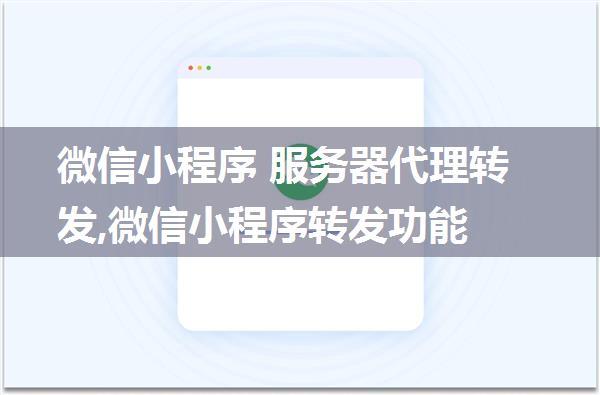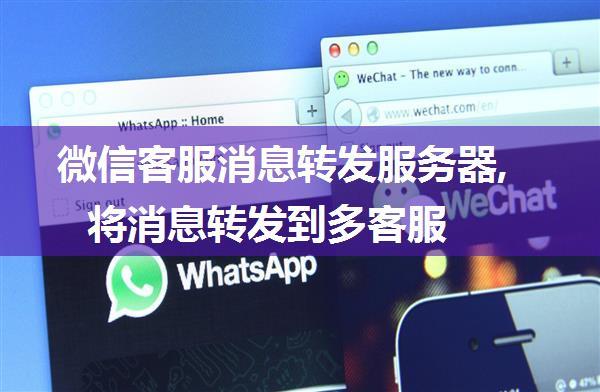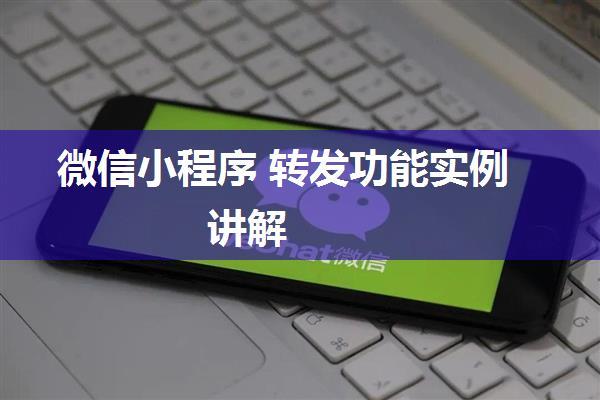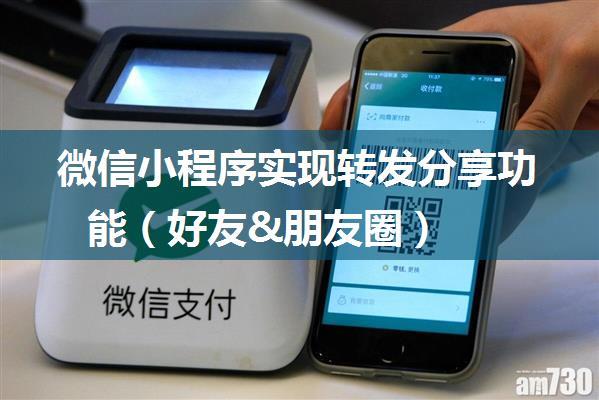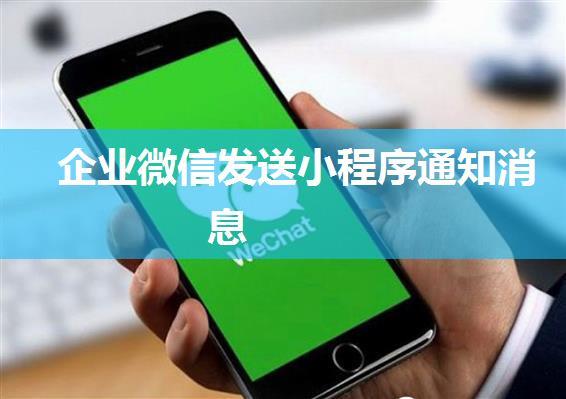
I'd be happy to help you with that! ??Sending Small Programs (Mini-Apps) Notifications via Enterprise WeChat
As a developer, you may have encountered the need to send notifications from your small programs (mini-apps) to users within an enterprise WeChat ecosystem. In this article, we will walk you through the process of sending mini-app notifications using Enterprise WeChat.
Step1: Obtain an Access Token
Before sending any notifications, you need to obtain an access token from Enterprise WeChat. This token is required for all API requests and serves as a proof of your identity.
To get the access token, follow these steps:
* Request method: GET (HTTPS)
* Request URL: ` Parameters:
+ `corpid`: This is the unique identifier for your enterprise WeChat account. You can find this in the Enterprise WeChat console.
+ `corpsecret`: This is a secret key that you set up when creating your enterprise WeChat account.
Here's an example of what the request URL might look like:
```bash you send this request, Enterprise WeChat will respond with a JSON object containing the access token. The response should look something like this:
```json{
"access_token": "your_access_token_here",
"expires_in":7200,
"refresh_token": "your_refresh_token_here"
}
```
Step2: Create a Mini-App
Next, you need to create a mini-app that will send the notification. A mini-app is a small program that can be installed on users' WeChat devices.
To create a mini-app, follow these steps:
* Log in to your Enterprise WeChat console and navigate to the "Mini-Apps" section.
* Click the "Create Mini-App" button and fill out the required information (e.g., app name, icon, etc.).
* Once you've created the mini-app, you'll receive a unique identifier for it.
Step3: Send the Notification
Now that you have an access token and a mini-app, you can send the notification using the `send` API method.
Here's an example of what the request URL might look like:
```bash this example, we're sending a simple text message with the content "Hello World!".
You can also send more complex messages by using the `msgtype` parameter to specify the type of message (e.g., image, video, etc.).
Step4: Handle User Interactions
When users receive your notification, they may interact with it in various ways (e.g., clicking a button, sending a reply, etc.). To handle these interactions, you'll need to set up an event handler for the mini-app.
Here's an example of what the event handler might look like:
```javascriptwx.onMessage(function(event) {
if (event.type === 'click') {
// Handle user click event } else if (event.type === 'reply') {
// Handle user reply event }
});
```
In this example, we're using the `wx.onMessage` function to listen for message events. When a user interacts with our notification, the event handler will be triggered and allow us to handle the interaction accordingly.
Conclusion
Sending mini-app notifications via Enterprise WeChat is a powerful way to engage with your users and provide them with important updates or information. By following these steps, you can create a mini-app that sends notifications to users within an enterprise WeChat ecosystem.
Remember to always keep your access token secure and only use it for authorized API requests. Happy coding! ??
